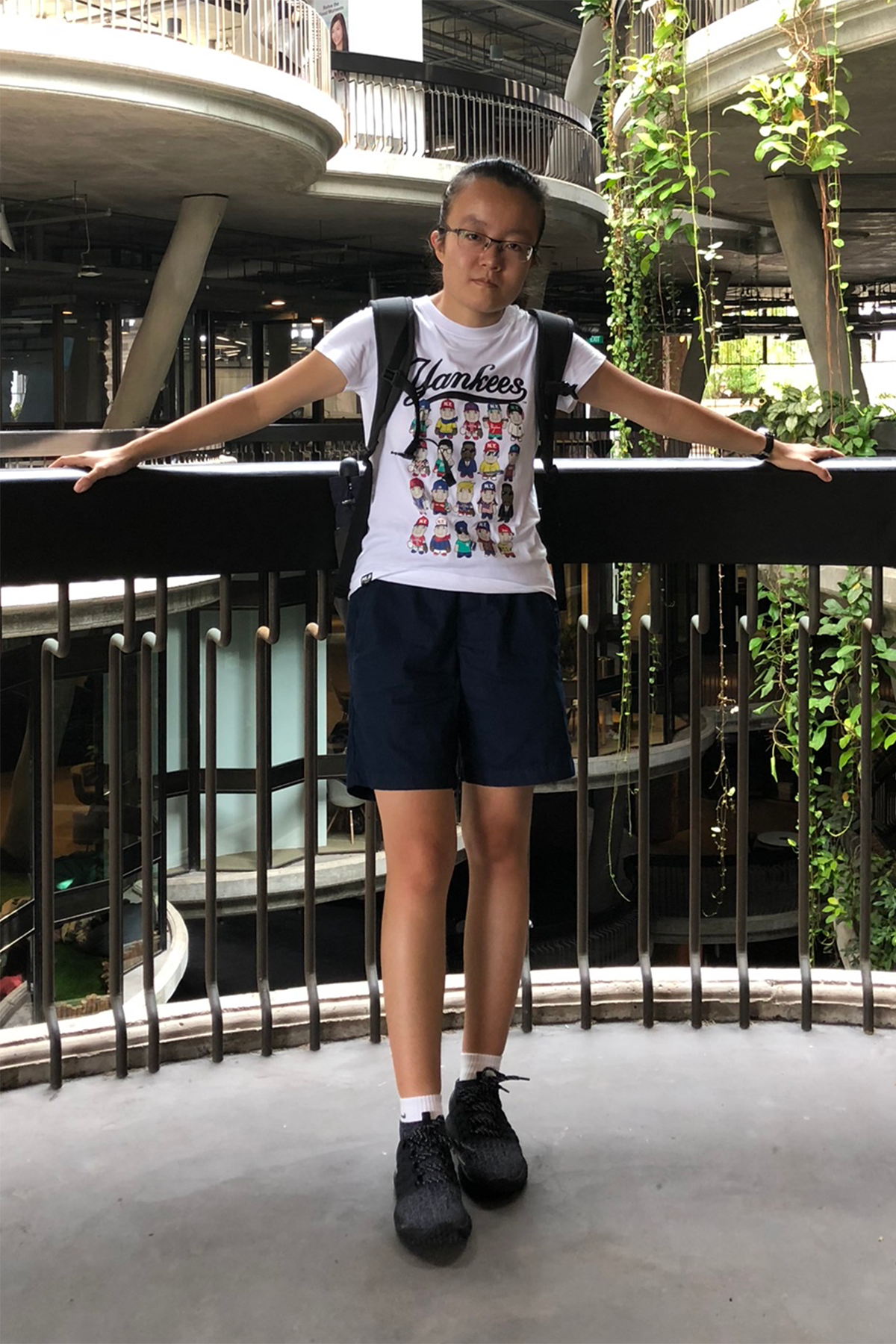
Personalizing math tests during COVID-19
How a Waterloo Math professor is adopting new online, face-to-face testing methods to gauge student learning

How a Waterloo Math professor is adopting new online, face-to-face testing methods to gauge student learning
By Jodi Szimanski Faculty of MathematicsThe start of the Spring Term, at the height of COVID, had instructors moving their courses to a remote format with students spread across time zones. It changed delivery, assignments and testing as in the case of Anton Mosunov, an award-winning lecturer in the Faculty of Mathematics who altered the MATH 135 midterm to an oral exam.
“In MATH 135, students are learning how to prove things; they’re learning to think. It’s a particular thought process that we’re trying to establish here,” Mosunov notes. “That’s why I thought the oral exam would actually be a good idea because they would show me how they can think and express their thoughts and show me their argumentation.”
Having completed his undergraduate degree in Russia, Mosunov only took oral exams.
Originally, he planned on both the midterm and final exams would be oral exams worth a combined weight of 40 per cent with the motivation to lessen opportunities for cheating. His motivation and other aspects of the exam soon changed. Beyond deterring cheating, Mosunov quickly recognized the benefit online, face-to-face exams could present by personalizing the connection between professor and student during their time apart. It also allowed him to attain a deeper understanding of their learning, where students would need to speak through their thought processes instead of being limited by written word on paper.
Mosunov consulted with former Assistant Dean, Online Studies Steve Furino, colleagues in the Centre for Extended Learning (CEL) and Diana Skrzydlo after attending a talk she gave. Skrzydlo is a continuing lecturer in the Department of Statistics and Actuarial Science and winner of Faculty of Math Distinction in Teaching Award in 2019. He reworked the format and the weight of the exam.
In addition, on the suggestion of CEL, Mosunov held a practice session in which two-thirds of the class participated. Those students experienced fewer issues, including technical difficulties, questions about the format and for some students, anxiety.
“You could go to the practice and get a feel for what it would be like,” Victor Shi says, a student taking the course. “That was really helpful. I think it was a really good opportunity for people who might be a little bit anxious.”
Mosunov developed a 15-minute exam with two questions worth 10 per cent. Students received four per cent per question. If students needed a hint, Mosunov would deduct half of a per cent from the remaining two percent. While the students talked, he typed their answers using Bongo, a video assessment solution.

Helen Weixu Chen
“The exam gave me a chance to talk to the professor one-on-one and he could understand what I’ve learned and evaluate this,” Helen Weixu Chen reflects. “I loved this format and I found it saved me a lot of time because it was only 15 minutes long.”
Following the exam, Mosunov surveyed the students and found that most had good things to say. Many students that don’t do well on written exams found it exciting and because Mosunov completed the typing, it made the exam more accessible for one of the students. Mosunov didn’t even find time zones were an issue even though some students were in China, India and Korea. Students in China did however have some technical issues with Bongo despite using the Alibaba cloud solution, though a switch to the use of Skype helped.
Upon reflection, Mosunov believes that had he extended the exam by five minutes, it could potentially cover for any technical issues or lateness. However, he noted that holding 74 exams for 15 minutes apiece, with a practice round the week before did take a lot of his time.
“The best thing was that I met every single student in my class and I think this personal contact is very important, especially in an online environment,” Mosunov says. “I was able to break down the barrier with students who had never approached me with their questions before. Since the exam, those students are reaching out for help.”

Read more
Here are the people and events behind some of this year’s most compelling Waterloo stories

Read more
From co-op to community, grads offer insights and inspiration for the next generation of students

Read more
Meet five exceptional Waterloo graduate students crossing the convocation stage as Class of 2025 valedictorians
The University of Waterloo acknowledges that much of our work takes place on the traditional territory of the Neutral, Anishinaabeg, and Haudenosaunee peoples. Our main campus is situated on the Haldimand Tract, the land granted to the Six Nations that includes six miles on each side of the Grand River. Our active work toward reconciliation takes place across our campuses through research, learning, teaching, and community building, and is co-ordinated within the Office of Indigenous Relations.